Original Flying KangarooPioneer aviator Walter Oswald Watt became a full-fledged pilot in summer of 1911 when the Royal Aero Club issued him their 112th Aviator Certificate. The Australian was already in his late thirties when he joined the French Foreign Legion's
Aviation Militaire upon the outbreak of the Great War. During his service with France Watt was personally decorated with the
Ordre national de la Légion d'honneur by General Joffre, who served as Commander-in-Chief of French forces on the Western Front.
"
In 1916 he transferred to the newly formed Australian Flying Corps, with the rank of captain and command of B Flight, No.1 Squadron, then stationed in Egypt. In September he was promoted major and took command of No.2 Squadron which was being formed in Egypt. The new squadron was sent to England (Tetbury) for training in early 1917 and arrived on the Western Front in September. He kept three Australian squadrons in France throughout the war to end all wars.
Charles Bean, on visiting No.2 Squadron after the battle of Cambrai, where Watt became famous for leading his squadrons on daring low level strafing attacks, recorded his impressions of its work: "They are winning themselves a magnificent name, this first Australian fighting squadron … It is Watt who has worked them up to this remarkably high level of conduct and general tone". As the squadron commander Watt worked long hours, rising at 5 a.m. to give moral support to his dawn patrols; according to Bean, the heavy fighting at Cambrai had left Watt "very wan…he fell asleep after dinner". In February 1918 Watt—by then a lieutenant-colonel—was promoted to command the four squadrons (Nos. 5, 6, 7 and  of the Australian training wing at Tetbury, Gloucestershire, England. He excelled as a leader who inspired his crews with his ideals of service.
of the Australian training wing at Tetbury, Gloucestershire, England. He excelled as a leader who inspired his crews with his ideals of service." (via pittwateronlinenews.com)
(from the Sydney Morning Herald, 16 May 1916):
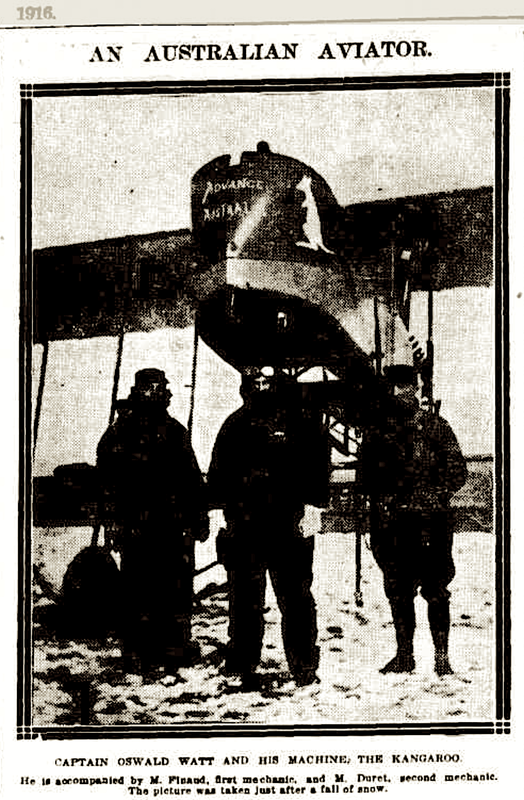
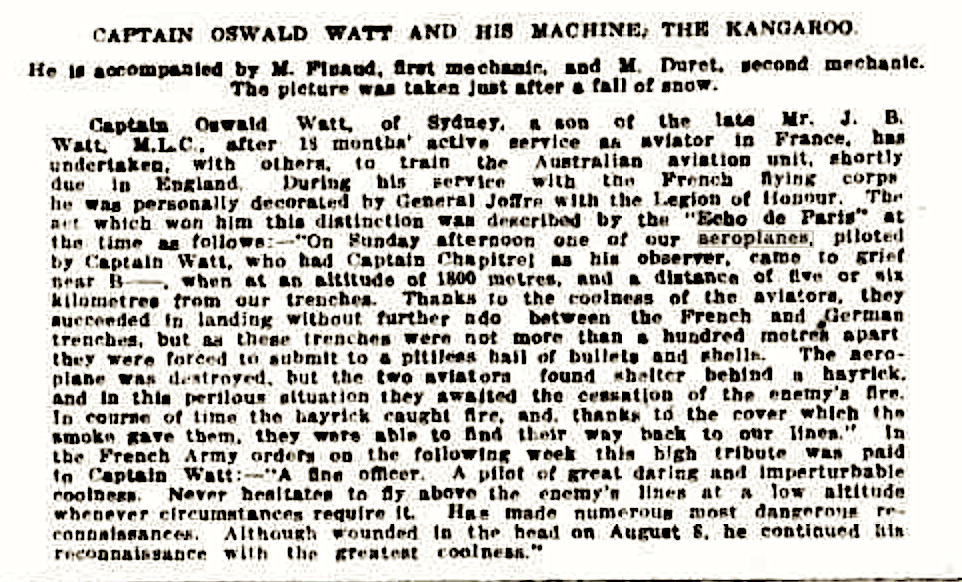
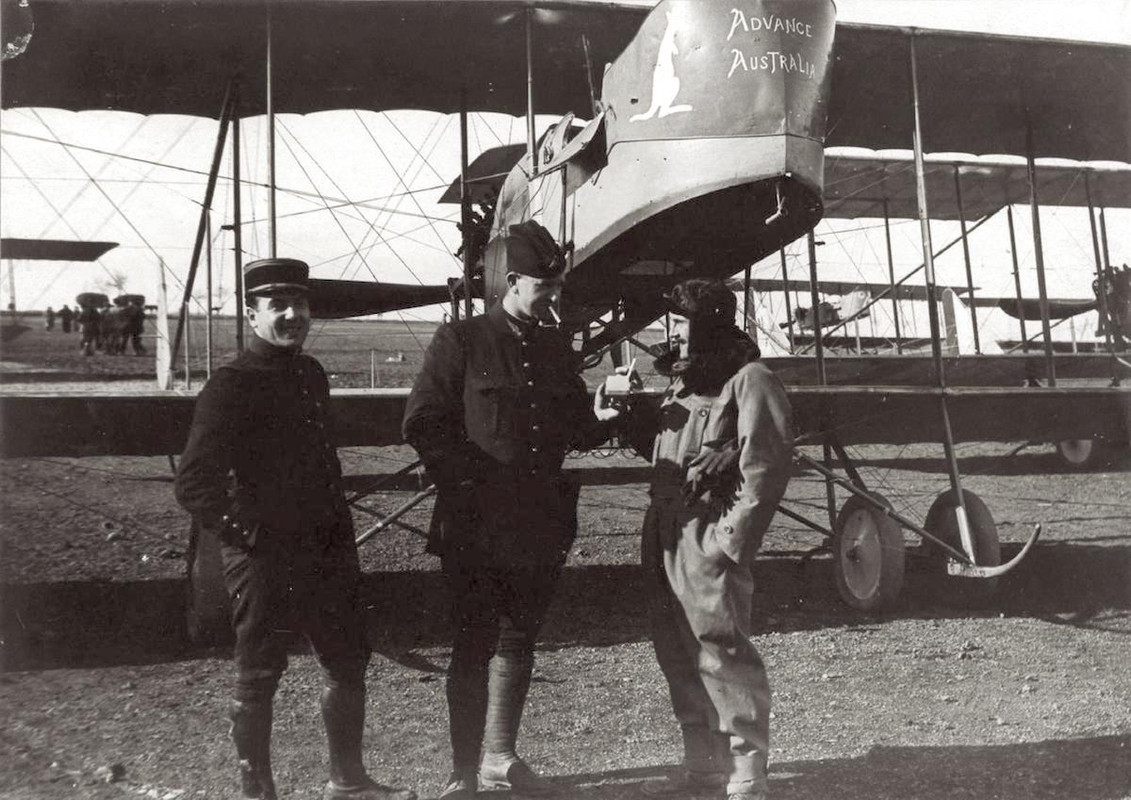
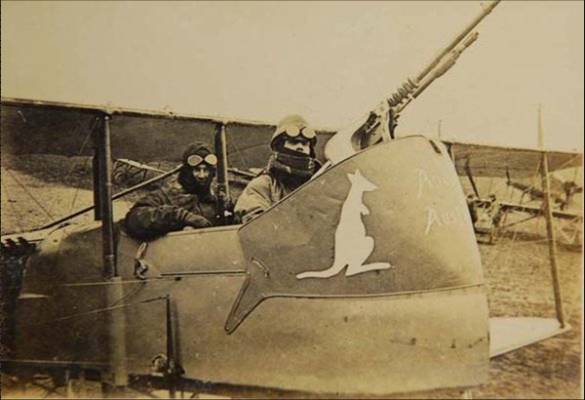
(images via pittwateronlinenews.com)
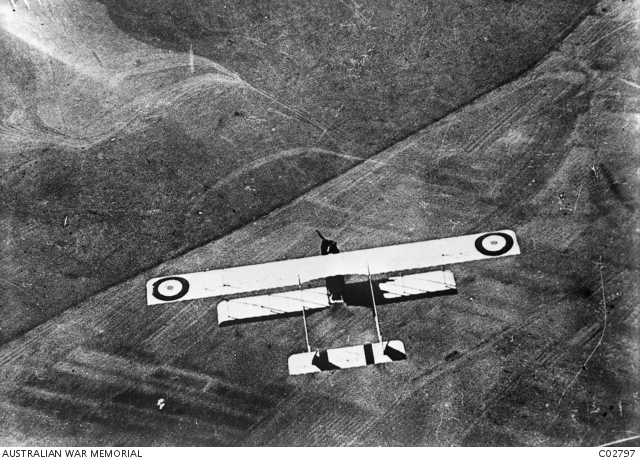
(image: "a plane piloted by Lieutenant Colonel (Lt Col) Walter Oswald Watt, seen flying over German territory in 1915", via awm.gov.au)
Footnote: In 1921 Watt died of accidental drowning in shallow water near home at Bilgola Beach, in northern Sydney.